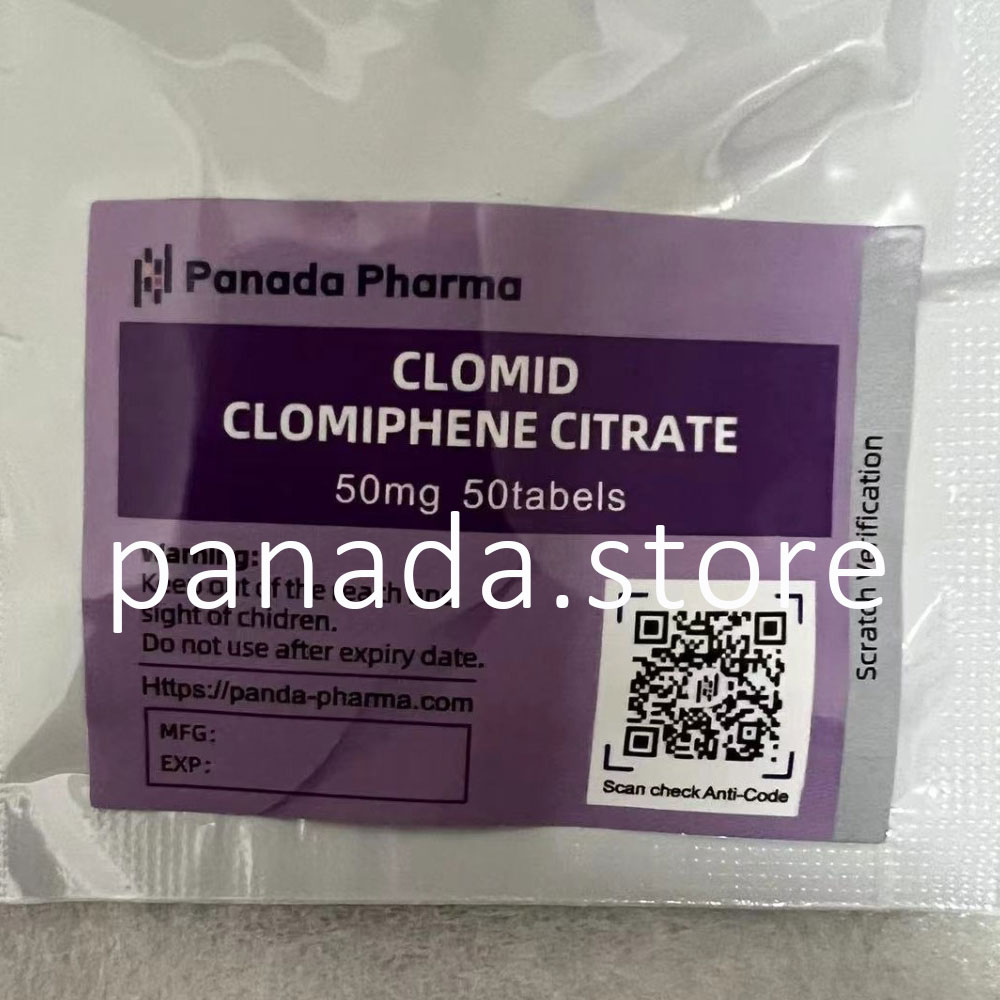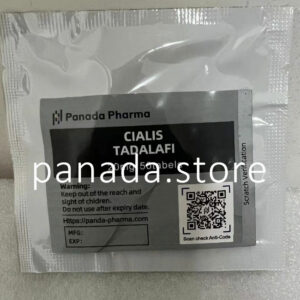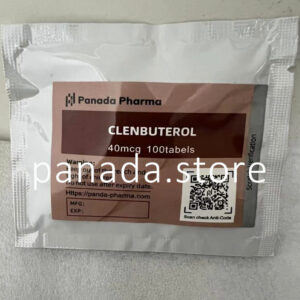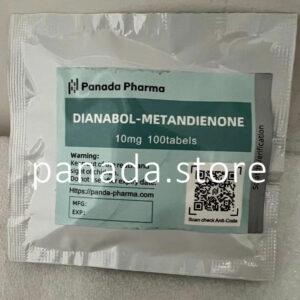Description
Clomid (Clomiphene Citrate)
Clomid, or Clomiphene Citrate, is a selective estrogen receptor modulator (SERM) originally developed to treat infertility in women. In sports and bodybuilding, Clomid is widely used during post-cycle therapy (PCT) to help restore natural testosterone production after anabolic steroid cycles.
Purpose in Sports and Bodybuilding
Clomid’s primary role in sports is hormonal recovery:
- Restoring Natural Testosterone Production:
- Anabolic steroids suppress the body’s natural testosterone production. Clomid stimulates the hypothalamus and pituitary gland to release luteinizing hormone (LH) and follicle-stimulating hormone (FSH), which signal the testes to produce testosterone.
- Preventing Estrogen Dominance:
- After a steroid cycle, estrogen levels may spike, leading to side effects like gynecomastia and fat gain. Clomid blocks estrogen receptors in the hypothalamus, reducing the body’s sensitivity to high estrogen levels.
- Post-Cycle Therapy (PCT):
- Used alongside other compounds like Nolvadex (Tamoxifen) or aromatase inhibitors to prevent hormone imbalances and aid recovery.
Advantages
- Promotes Hormonal Balance:
- Helps normalize testosterone levels, reducing the risk of long-term suppression after a steroid cycle.
- Prevents Estrogen-Related Side Effects:
- Blocks estrogen receptors, reducing the risk of gynecomastia and fat gain.
- Oral Administration:
- Easy to take in pill form without the need for injections.
Limitations
- Not an Aromatase Inhibitor:
- Clomid does not reduce estrogen levels but only blocks its effects at specific sites. Aromatase inhibitors like Arimidex or Letrozole may be needed for severe estrogen-related issues.
- Side Effects:
- May cause mood swings, visual disturbances, or hot flashes in some users.
- Limited Direct Performance Benefits:
- Clomid does not enhance muscle growth or athletic performance directly.
Usage in Sports
- Dosage for PCT:
- Day 1–3: High dose (e.g., 100–150 mg/day).
- Day 4–14: Moderate dose (e.g., 50 mg/day).
- Day 15–28: Lower dose (e.g., 25 mg/day) if required.
- Cycle Length:
- Usually 3–4 weeks, depending on the level of suppression caused by the steroid cycle.
- Timing:
- Initiated after the steroid clears the system (depending on the half-life of the compounds used).
Why Athletes Use Clomid
- Recovery After Steroids:
- Prevents long-term testosterone suppression, helping maintain muscle mass and libido post-cycle.
- Mitigating Estrogenic Effects:
- Reduces the risk of post-cycle estrogen dominance, such as gynecomastia.
- Legal and Accessible:
- In some countries, Clomid is easier to obtain than other PCT drugs, though its use in sports is still prohibited under anti-doping regulations.
Side Effects
While Clomid is generally well-tolerated, it can cause:
- Emotional Changes:
- Mood swings, irritability, or depression in some users.
- Visual Disturbances:
- Blurred vision or light sensitivity, usually reversible after discontinuation.
- Headaches and Nausea:
- Mild, transient side effects.
Comparison to Nolvadex (Tamoxifen)
- Clomid:
- Stimulates LH and FSH production more effectively.
- More likely to cause mood-related side effects.
- Nolvadex:
- Stronger at preventing gynecomastia and controlling estrogenic side effects.
- Often used in combination with Clomid during PCT.
In Summary
Clomid is a crucial tool for athletes and bodybuilders to restore natural testosterone production after steroid use and to prevent estrogen dominance. While it offers no direct performance enhancement, its role in post-cycle therapy is essential for maintaining long-term hormonal health and retaining muscle gains. Proper use and monitoring are key to minimizing side effects and ensuring a successful recovery.





Reviews
There are no reviews yet.